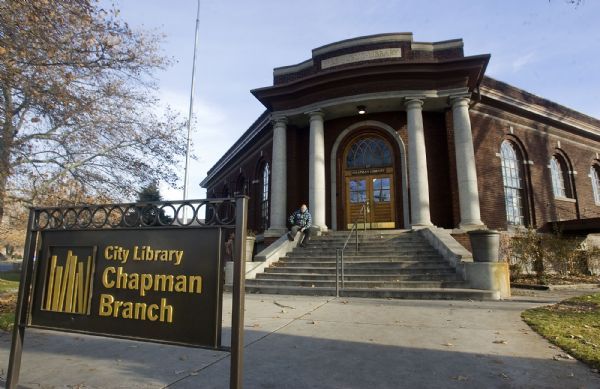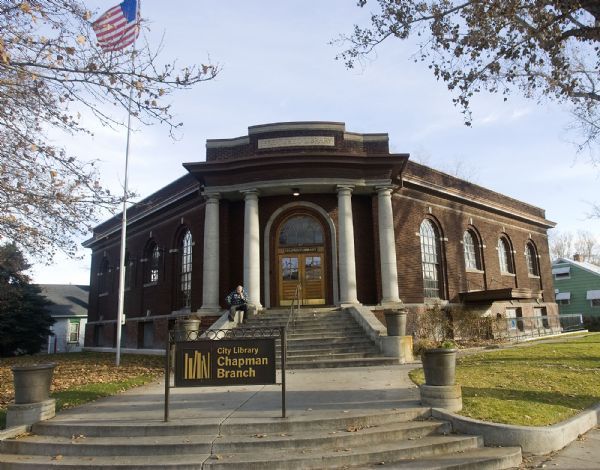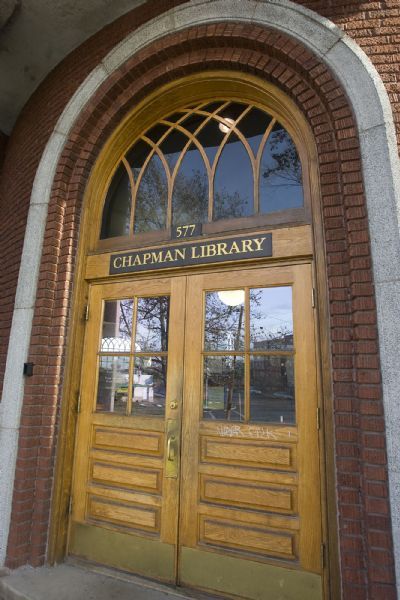This is an archived article that was published on sltrib.com in 2010, and information in the article may be outdated. It is provided only for personal research purposes and may not be reprinted.
Teased for years by the prospect of a state-of-the-industry Glendale library, Salt Lake City's west-siders are about to see action.
The $8 million for a new branch is in the bank. The programming vision is basically done. And City Hall is eager to add a civic amenity to an oft-neglected area.
The question remains: where exactly to put it?
Since early summer, a steering committee has outlined a long list of sites -- with pros and cons -- before the Glendale community. Now, the focus has narrowed to three spots.
Two are more traditionally Glendale, in the neighborhood's heart near California Avenue and 1300 West. But a third, and relatively recent candidate, has emerged alongside the Jordan River at 900 South.
The latter has shifted not only the geography but also the potential paradigm.
Library Director Beth Elder says locating the library farther north could help connect Glendale and its northern neighbor Poplar Grove, providing a community resource for both well into the future. Under that scenario, the classic but cramped Chapman Library, at 577 S. 900 West, would stay open but become an "accessory" to the brand-new branch.
"The question is whether in the long-range plan, the library might serve a larger population base," Elder says, "which includes Poplar Grove."
Despite its status as a much-loved "Carnegie building," Chapman has no dedicated parking, no community meeting room and not much space.
The potential location of the new branch is just north of the city's International Peace Gardens on three acres of city-owned land where American Avenue meets the railroad tracks. Besides boasting nice views of the natural area, the spot is perfectly positioned to greet a future streetcar envisioned for 900 South.
But critics insist it is too close to the river. In an e-mail exchange with Elder, conservation leaders with the Jordan River Restoration Network urge that the city preserve the flood plain by preventing development along the Jordan's bank. They also point to the "mandate" of Blueprint Jordan River, a visioning document (endorsed by the city) that calls for preserving all remaining chunks of land along the river.
"It's a little bit contentious because it is open space on the river corridor," says Jeremy King, a Glendale resident and steering committee member active in river-preservation efforts. "Out of those three [possible sites], that would be the most sensitive, certainly."
Elder wonders whether a library by the Jordan wouldn't activate the river, supply educational tools for new generations and even provide recreational opportunities, including canoeing and cycling. The spot, she notes, is about a block from the water.
The conservation group would prefer to see the library land even farther north on a vacant Rocky Mountain Power parcel at about 850 South. It still offers views and walking distance to a streetcar, they say, but would not harm the river.
Entertaining each new suggestion could delay the decision a tad, says Mark Alvarez, chairman of the steering committee and a library board member. But, he stressed, there is no rush.
"We're trying to be open to all possibilities," he says, noting the parcels near 900 South never were part of the public selection process, but now could be. "My priority always has been to make sure the community's voice is heard. Everything is on the table."
Yet plenty of residents say it is folly to erect a library outside the center of Glendale, officials say. After all, they argue, that has been the plan since citywide voters defeated a library bond for such a branch in 2003.
One spot on California Avenue near 1300 West is library-owned, but likely too small at half an acre. A second, kitty-corner on Concord Street -- known as the "North property" -- is large enough but would require the demolition of vacant homes and buildings. A nonprofit housing organization would like to put affordable housing there, but is willing to sell the land to the library.
Both options are close to schools and King calls the North parcel the "most realistic." He is trying to persuade the committee not to select a location farther north.
"To sort of change the rules now is a bit problematic," King says. "It's kind of a game-changer. And it has come a little bit late in the process."
The library blueprint calls for a 20,000-square-foot building, either one or two levels. Once the design is finalized, construction would start. Elder expects completion by the end of 2012.
"I'm just trying to get the different voices to the table," she says about the site. "You only make this decision once about every 50 years."
What's next
A steering committee assigned to pick the site for a library in Glendale is poised to make its recommendation. Leading spots range from the center of the west-side neighborhood near California Avenue and 1300 West to a more controversial space alongside the Jordan River near 900 South. The library board, Salt Lake City Council and Mayor Ralph Becker will have a say in the final decision, which may be made in January.







